‘Clumsy, unresponsive, arcane’: Defence shake-up long overdue
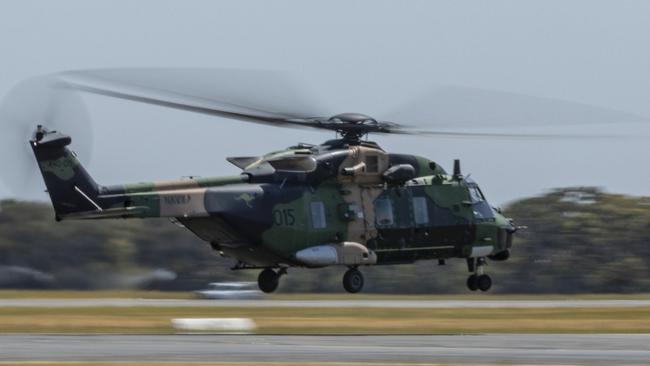
The Prime Minister noted that there were some disturbing echoes of the 1930s in the present global situation. Significantly, the update discarded the comfortable assumption that Australia could enjoy up to 10 years’ warning of a threat from a major power to our vital interests or sovereignty. This newspaper supported the government’s assessment. In particular, we welcomed the substantial investment in enhanced maritime strike weaponry and sensors, as well as cyber capabilities, to enable the Australian Defence Force to hit harder further from our homeland bases, and to detect and defeat hybrid “grey zone” threats of the kind that our most likely adversaries have developed.
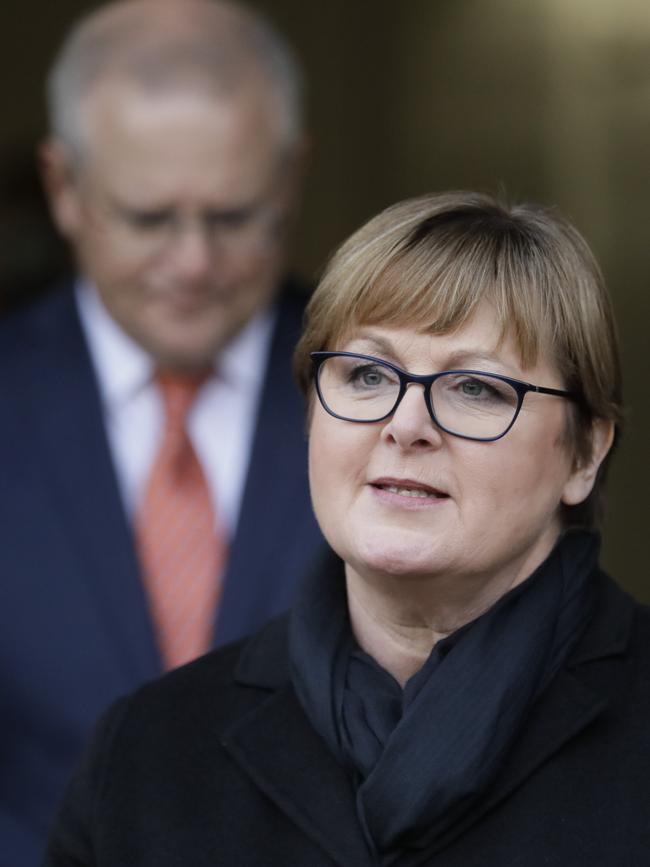
Mr Morrison and Defence Minister Linda Reynolds solemnly committed to strict accountability in the delivery of the suite of enhanced and expensive capabilities. Given the sacrifice that so many Australian taxpayers have made this year, the assurance that every dollar of defence expenditure would provide commensurate value was welcome.
Yet, as Ben Packham revealed on Monday, the design, procurement and introduction to service of the army’s helicopter fleet has been plagued by numerous problems. The Department of Defence reported that the MRH-90 Taipan and the ARH Tiger were grounded for significant periods. The MRH-90’s flying hours fell short of projections by 46 per cent, and the ARH’s by 35 per cent.
According to Defence, chronic shortages of spare parts severely curtailed readiness of the MRH-90, while a design flaw makes it impossible to man the door gun of the helicopter while troops are disembarking. This adds to a sorry saga of bungled defence procurements by Australia, most notably the delayed delivery of the replacement for the Collins-class submarine. While Ms Reynolds has inherited these problems from her predecessor, Christopher Pyne, it is up to her to jolt the unwieldy Russell Hill bureaucracy out of its torpor.
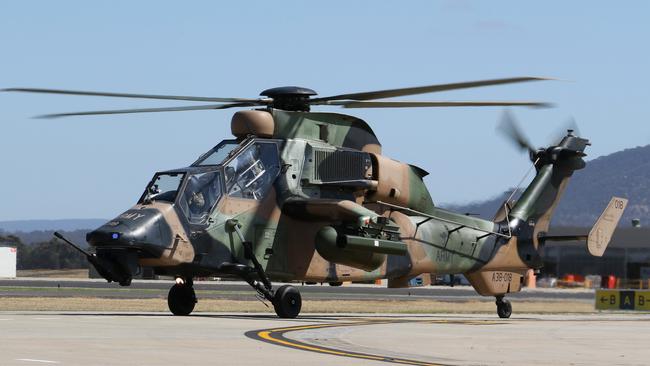
Australian defence procurement has a long history of inexplicably poor decisions. Too often, expensive platforms are delivered late, accompanied by budget blowouts. However, as Packham also reported, the air force has achieved initial operational capability with the controversial F-35 Joint Strike Fighter. This offers a glimmer of good news. This fifth-generation stealth platform gives Australia an edge over air forces in our immediate region. It is a very capable aircraft, though its limited range detracts from its deterrent effect. It will be required to refuel on missions, thus making it vulnerable as the tanker aircraft are not stealthy. Nevertheless, when fitted with hypersonic missiles it will constitute a significant deterrent to adversaries seeking to encroach into our northern maritime approaches, as will the P8-Poseidon aircraft.
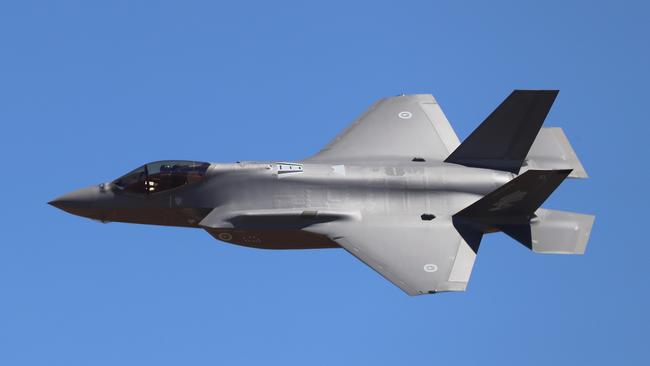
The army helicopter saga and the issues with the submarine project warrant a shake-up in the Defence Department, which has been clumsy, unresponsive and arcane for too long. It has been subjected to numerous reviews, none of which seems to have improved the agility or transparency of its operation. In an era of dramatically reduced warning times and rising tensions in the Indo-Pacific, our elected leaders must demand that the bureaucracy delivers value for the enormous amounts being spent on protecting the nation.
Ms Reynolds is now secure in her portfolio and is supported by an exceptional assistant minister in Andrew Hastie, who has had recent experience fighting wars at the end of this supply chain. Now is the time for our force structure to be brought into alignment with our strategic rhetoric. That requires political action. Urgently.

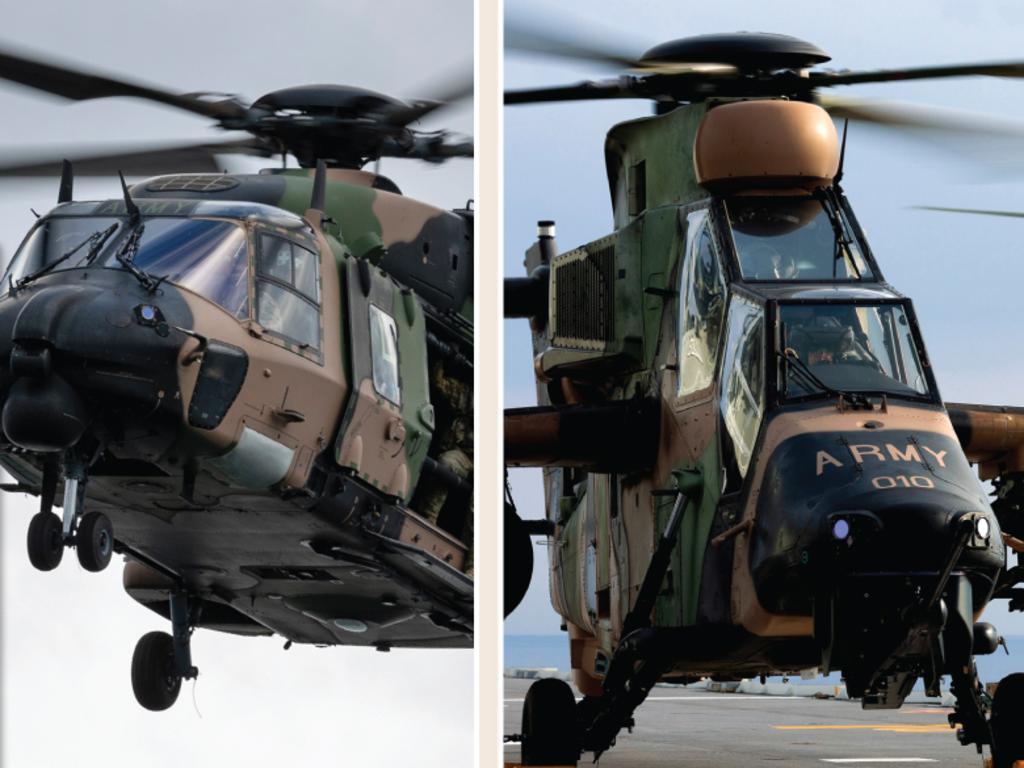
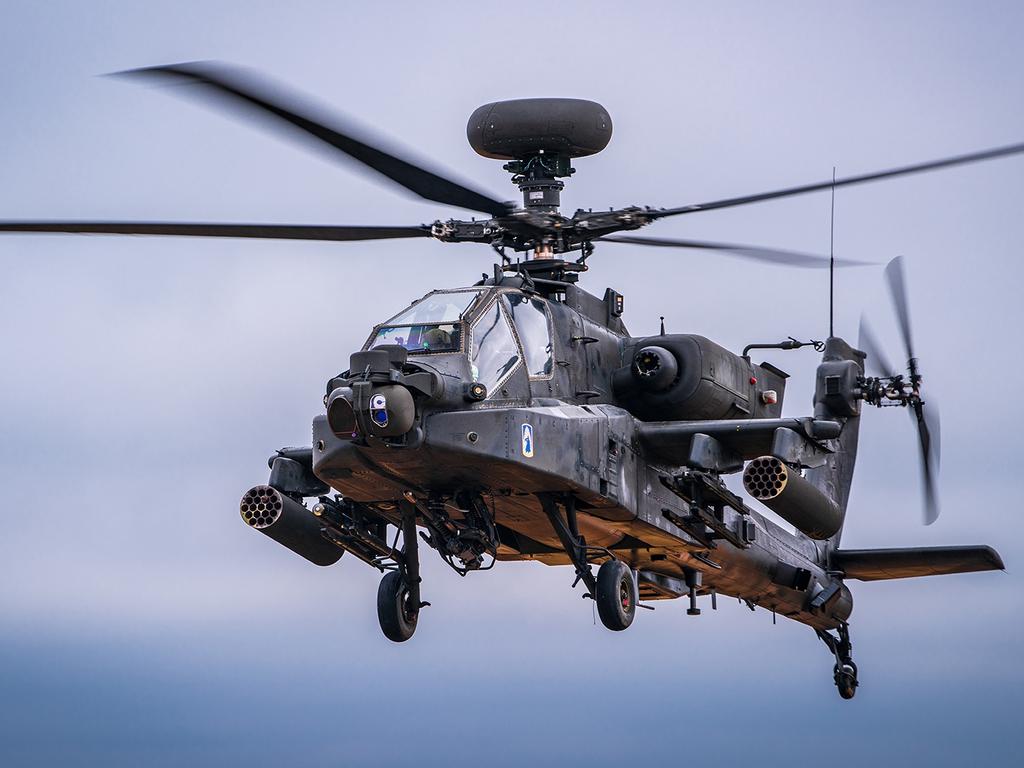



The Defence Strategic Update, launched by Scott Morrison in a measured speech delivered on July 1 at the Australian Defence Force Academy, demonstrated that our government understood how dramatically Australia’s geopolitical environment had deteriorated since the defence white paper of 2016. Although China was named only seven times in the text of the document, the update was explicit in explaining the rationale for the force structure decisions it contained. In polite diplomatic language, the update acknowledged that it represented a recalibration of our defence posture and degrees of readiness because “habits of co-operation in the Indo-Pacific are being challenged”.